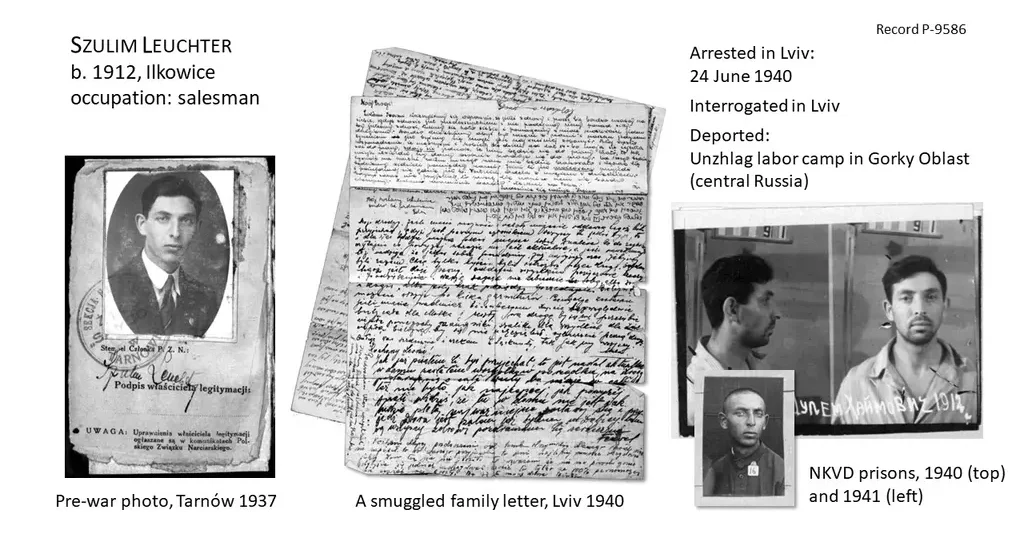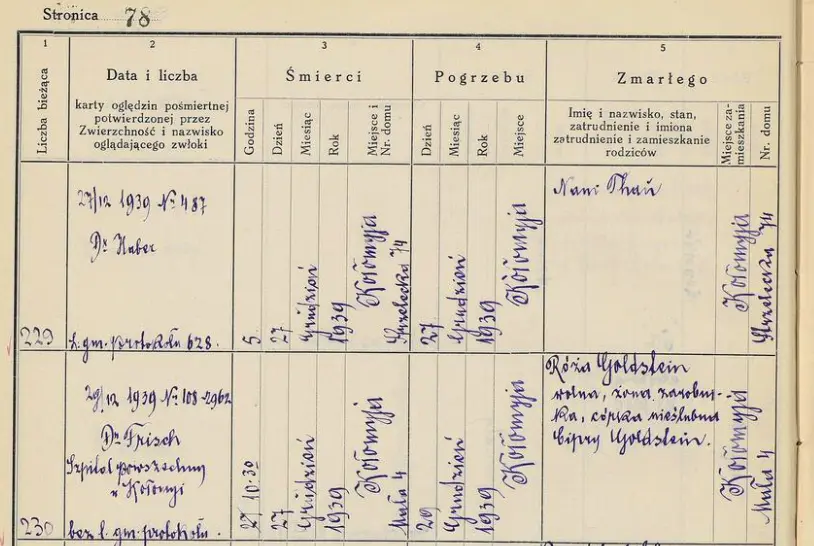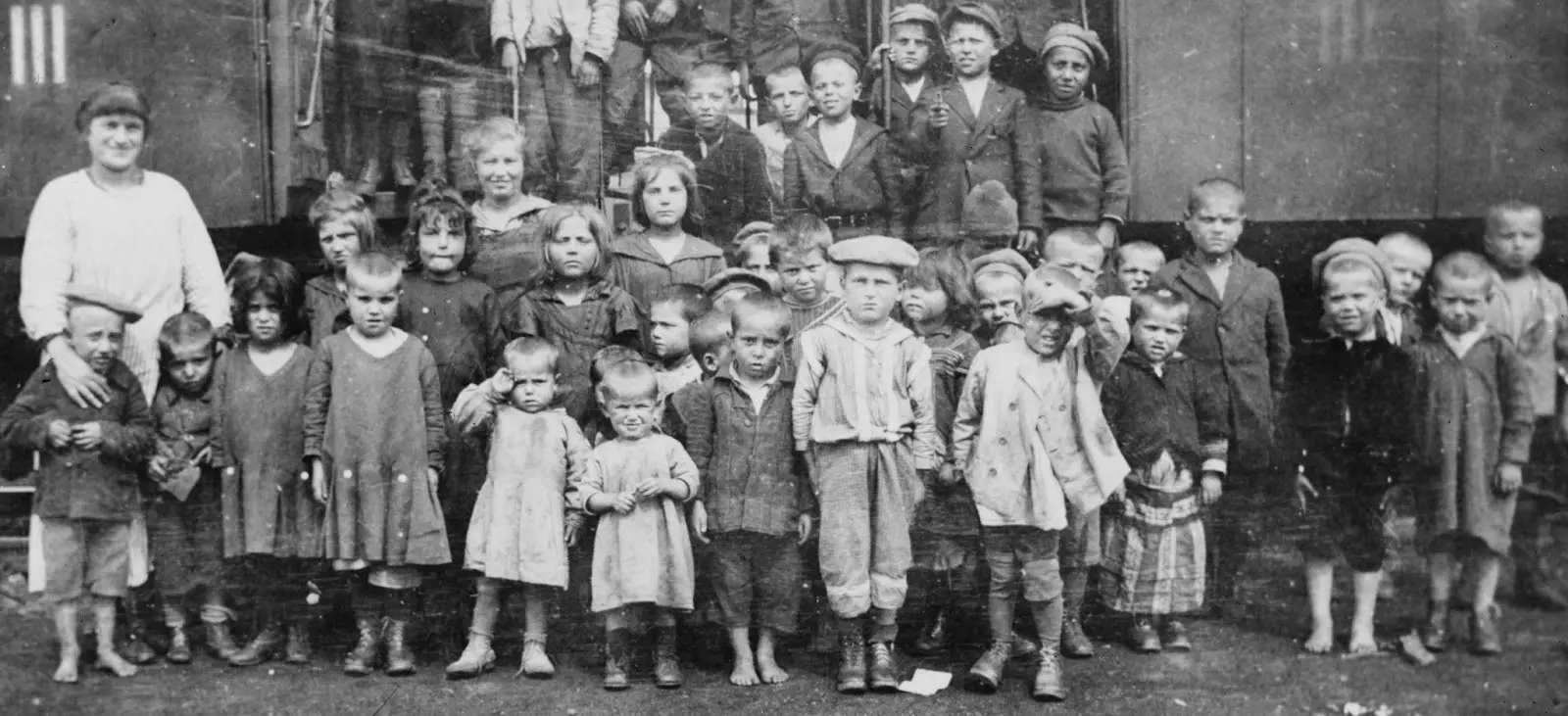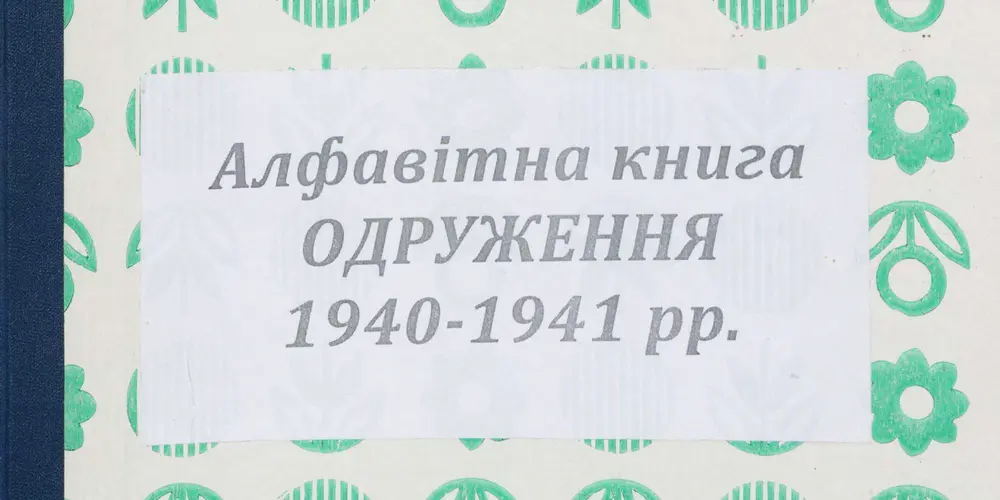The NKVD Criminal Cases Project
Project Coordinator: Andrew Zalewski
The NKVD Criminal Cases Project
Project Coordinator: Andrew Zalewski
Summary
In September 1939, soon after the outbreak of war, the Soviet Union (USSR) invaded Poland, annexing more than 50% of the pre-war Polish territory, with the rest being occupied by Germany. During the period of the next twenty-two months of Soviet rule all ethnic groups became vulnerable to the repression perpetrated by the Soviet regime, including a sizeable Jewish minority. In the process, several thousand Jews were criminally prosecuted. This project will provide searchable information about Jews arrested in the Lviv region of western Ukraine, based on data derived from the Soviet security apparatus files for the period between 1939 and 1941.
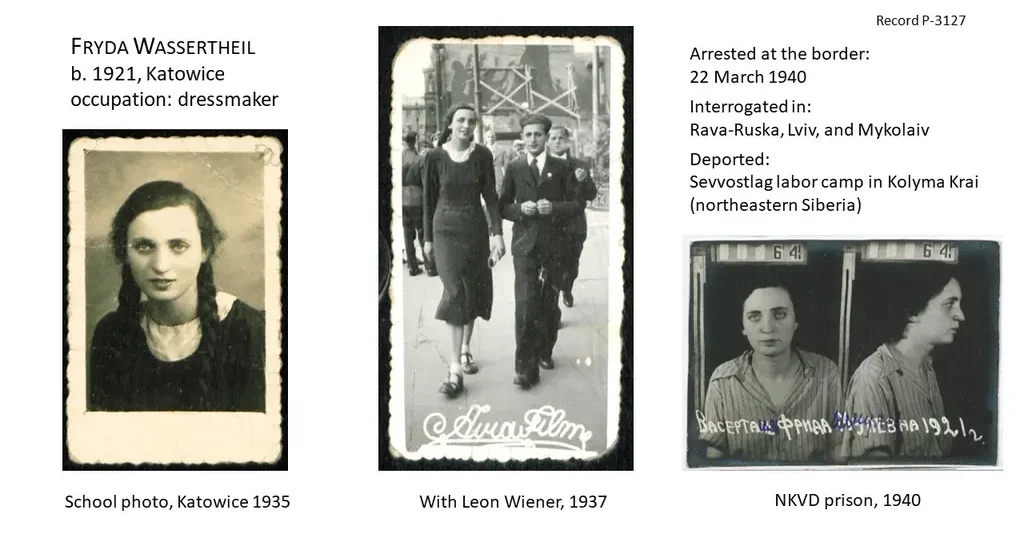
Background
From October 1939, the People’s Commissariat for Internal Affairs (NKVD), the Soviet agency overseeing internal security and political repression, spread its activities through the occupied territories, launching arrests and deportations. The most common criminal offenses included:
- Anti-Soviet activities. Pre-war political figures of all nationalities and those with “undesirable” class distinctions or political views were targeted. Among Jews, members of the Polish parliament and of the Bund (the Jewish non-Zionist socialist party), as well as others considered hostile to Soviet rule, were arrested and prosecuted.
- Illegal border crossings. From the outset of the war, Polish Jews had fled eastward in large numbers. With the defeat of Poland, escapes continued from German to Soviet-controlled territories, while other Jews were forcibly removed by the German military across the demarcation line between the two occupying regimes. By late 1939, a reverse movement of people also began, with several refugees attempting to return from the USSR. They too were apprehended and prosecuted by the NKVD until June 1941.
- Being a socially dangerous element. In Soviet legal parlance, this charge was levied against Polish Jews who refused to apply for internal Soviet passports mandated for the population that resided within 100 kilometers (62 miles) of the border. In June 1940, those “guilty” of this offense were arrested throughout western Ukraine, especially in Lviv. The same charge was brought against other Jewish refugees in the USSR, including those from Austria, Czechoslovakia, Germany, and elsewhere.
Archival Source
The records under the heading “The Investigative Department of the NKVD in the Lviv Region,” are from the State Archive of Lviv Oblast (DALO), Lviv, Ukraine [Державний архів Львівської області (ДАЛО)], Fond R-3258, Series 1, and contain the files of 12,081 criminal cases from the period between 1939 and 1950. The research project of Gesher Galicia is focused on a large subset of records, comprising criminal prosecutions of Jews arrested by the NKVD from October 1, 1939, to June 22, 1941, which was the date marking the German attack on the USSR.
Archival Content
The Soviet occupation of the former Polish territories followed a secret agreement earlier in the year between Germany and the USSR. For the historical background and the wartime transition from Polish to Soviet control of western Ukraine, please see the article by A. Zalewski and T. Kahane, “Lviv Under the Soviets (1939–1941),” published in Studies of National Movements, December 2023. For the full description of the NKVD files, please refer to the article by A. Zalewski “NKVD Files: The Prosecution of Jews in Western Ukraine, 1939–1941,” in The Galitzianer, December 2024. In addition, the presentation by Dr. Zalewski entitled “The NKVD Files: On the Margins of the Holocaust” summarizes the historical context and provides details about the content of these records.
The files of criminal proceedings are in Ukrainian and in Russian, with many pages handwritten and some typewritten. The size of each file is variable, ranging from about 40 pages to over 400 pages. For the Gesher Galicia project, the following data are extracted and indexed.
- The full name of the arrested person, the year and the place of birth, and the occupation. Source documents: the multipage questionnaire of the arrestee (анкета арестованного) and the closing indictment (oбвинительное заключение).
- The place and the date of arrest. For border crossings from and to German-occupied Poland, the NKVD processing prisons were in Rava-Ruska, Przemyśl, and Lesko. For border crossings from and to Hungary and Romania, the town of Skole (and a few other towns) served the same purpose. Refugees who were not detained at the border could be arrested anywhere in Ukraine, with arrests in Lviv being especially common. Source document: the arrest warrant (постановление на арест).
- The criminal offense, the labor camp to which the prisoner was deported, and the duration of the sentence (in years). Source documents: the closing indictment (oбвинительное заключение) and the extract from the NKVD protocol (выписка из протокола) of the Special Council of the People’s Commissar of Internal Affairs of the USSR, which was in charge of issuing extrajudicial punishments.
- The date of release from the labor camp and internal exile. Former Polish citizens were granted an amnesty after the USSR was attacked by Germany in 1941 (with other releases in 1944), though this information is not always available. Released prisoners were sent into internal exile and the names of these remote locations are extracted where possible. Source documents: the certificate of amnesty (удостоверение) and handwritten notes from judicial reviews in the 1990s.
- The date of death in the NKVD labor camp. Source documents: various.
- Other information. The multipage interrogation protocols provide chronological details about border crossings, employment, and previous political affiliations.
Photographic Material
Almost all files include some photographic material, which at the minimum comprises an obligatory identification photograph of the arrestee taken at an NKVD prison or labor camp. A significant number of files hold photographs affixed to pre-war or wartime identification documents, and there are also family photographs. Occasionally, we find photographs of Jewish refugees during their stay in the USSR taken prior to their arrest.
Benefits to Researchers
Besides judicial forms and interrogation protocols, the NKVD files often contain confiscated personal documents, mainly in Polish and German, but also with some in Yiddish/Hebrew (e.g., letters, ketubot, personal notes, prayers), and a small number in other languages. Documents that had been obtained in the USSR were also confiscated. These are either in Polish (from the initial period of Soviet rule), Ukrainian, or Russian.
The personal documents cover a wide range and include birth and marriage certificates; school or vocational certificates; employment-related material; pre-war passports and identification documents; and wartime registrations that were required in German- and Soviet-held territories.
Among the many personal letters and notes in this collection, there are handwritten communications sent from German-occupied Poland or Austria to Jewish refugees in western Ukraine. There is also correspondence sent from the United States, Britain, Australia, and countries in South America with supportive material to help the recipient emigrate. Replies from the consular sections in various foreign cities have also sometimes been preserved.
To aid the researchers in the discovery of these important items of historical and genealogical importance, we provide a short mention about their existence in the comments section, when applicable.
Timeline, Search Options, and Access
The first set of indexed records of 2,500 individual cases was made available on the All Galicia Database in 2024. Each indexed record is linked to scans of the corresponding archival file. Additional NKVD files will be posted in the second half of 2025.
Narrow search: You can search by the last name of an NKVD victim exclusively in the collection “NKVD Criminal Cases, Lviv Region (1939-1941)” by clicking the link: NKVD Criminal Cases, Lviv Region (1939-1941). Then, on the homepage, enter the surname and leave the field “Location” with the default option “Any.”
Broad search: You can search Gesher Galicia’s database by the last name of an NKVD victim and see what other records are in the database. In this case, please leave the field “Location” with the default option “Any.” If the search result yields too many records from different sources, the results can be narrowed by clicking on the collection “NKVD Criminal Cases, Lviv Region (1939-1941)” displayed under “Record Sources” (on the left side of the window).
Searching by the town’s name: To search for all NKVD victims from a single town, open the collection NKVD Criminal Cases, Lviv Region (1939-1941). On the homepage, leave all fields empty and expand “Show Advanced Options.” In the field “Keyword,” type the name of a town of interest (e.g., Tarnów or Vienna, etc.). For multiple towns, search one at a time.
Although the summaries are available to everyone through the open-access database, the scans can be viewed only by the members of Gesher Galicia. If you are interested in gaining access, please sign up for membership through this website.
The NKVD Criminal Cases Project is supported by the IAJGS Rabbi Malcolm Stern grant and the contributions of the Gesher Galicia members. For information about a parallel research project looking into other archival Jewish records from western Ukraine, please follow the link to “The 1940-1941 Vital Records Project.”
Questions. Please direct questions to: info@geshergalicia.org
